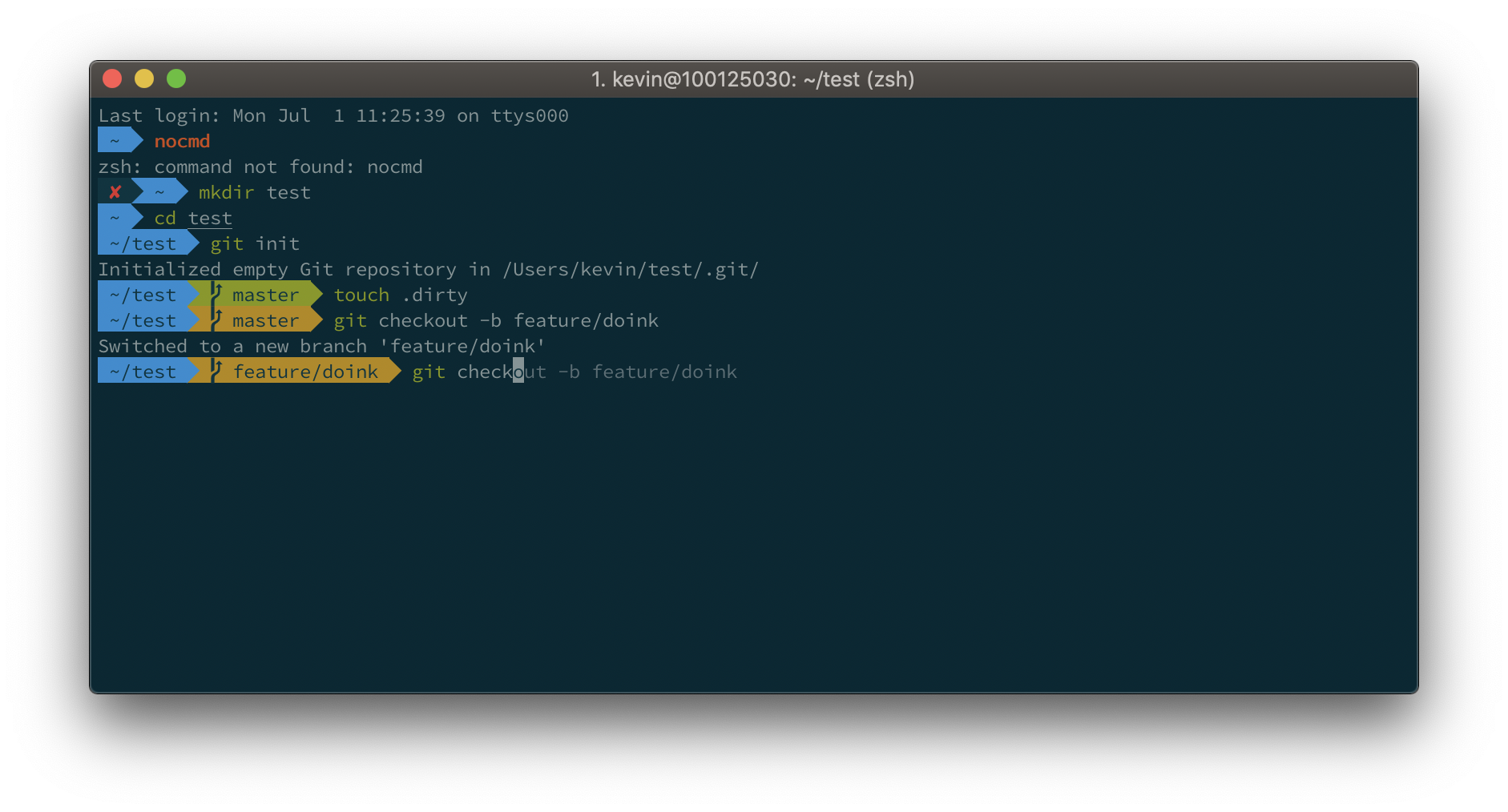This file contains hidden or bidirectional Unicode text that may be interpreted or compiled differently than what appears below. To review, open the file in an editor that reveals hidden Unicode characters.
Learn more about bidirectional Unicode characters
| # There was a day where I have too many color schemes in iTerm2 and I want to remove them all. | |
| # iTerm2 doesn't have "bulk remove" and it was literally painful to delete them one-by-one. | |
| # iTerm2 save it's preference in ~/Library/Preferences/com.googlecode.iterm2.plist in a binary format | |
| # What you need to do is basically copy that somewhere, convert to xml and remove color schemes in the xml files. | |
| $ cd /tmp/ | |
| $ cp ~/Library/Preferences/com.googlecode.iterm2.plist . | |
| $ plutil -convert xml1 com.googlecode.iterm2.plist | |
| $ vi com.googlecode.iterm2.plist |
[Plover][] is an awesome open source stenography program, but to run the software [you need an NKRO keyboard][nkro]. The [ErgoDox keyboard][ergodox] can be made to run in NKRO mode by following these steps.
These instructions are based on this document, which assumes you're using Windows. I'm using a mac, and I had to download and install the [CrossPack for AVR Development][crosspack] before the build process worked.
The NKRO firmware and Plover keymap can be found in the simon_layout branch of @shayneholmes fork of tmk_keyboard. Get the source:
L1 cache reference ......................... 0.5 ns
Branch mispredict ............................ 5 ns
L2 cache reference ........................... 7 ns
Mutex lock/unlock ........................... 25 ns
Main memory reference ...................... 100 ns
Compress 1K bytes with Zippy ............. 3,000 ns = 3 µs
Send 2K bytes over 1 Gbps network ....... 20,000 ns = 20 µs
SSD random read ........................ 150,000 ns = 150 µs
Read 1 MB sequentially from memory ..... 250,000 ns = 250 µs
This file contains hidden or bidirectional Unicode text that may be interpreted or compiled differently than what appears below. To review, open the file in an editor that reveals hidden Unicode characters.
Learn more about bidirectional Unicode characters
| #!/bin/sh | |
| # Just copy and paste the lines below (all at once, it won't work line by line!) | |
| # MAKE SURE YOU ARE HAPPY WITH WHAT IT DOES FIRST! THERE IS NO WARRANTY! | |
| function abort { | |
| echo "$1" | |
| exit 1 | |
| } | |
| set -e |

